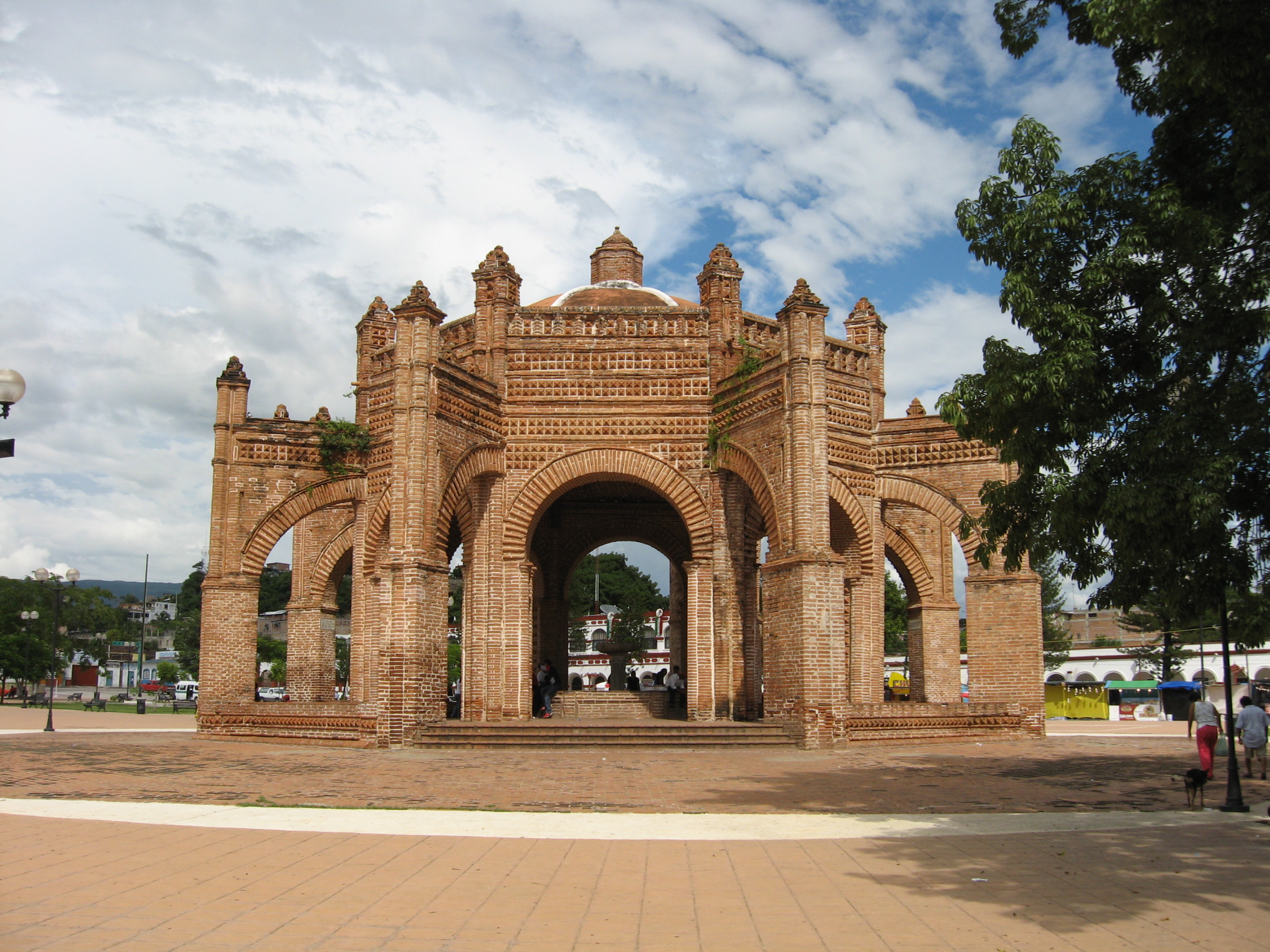|
La Pila Fountain
The La Pila fountain is a fountain located in the square of Chiapa de Corzo, Chiapas Chiapa de Corzo () is a small city and municipality situated in the west-central part of the Mexican state of Chiapas. Located in the Grijalva River valley of the Chiapas highlands, Chiapa de Corzo lies some 15 km (9.3 mi) to the east o .... It was constructed in 1562 in Moorish style, made of brick in the form of a diamond. The structure is attributed to Dominican brother Rodrigo de León. It measures fifty two meters in circumference and twelve meters in height. It has eight arches and a cylindrical tower which occasionally functioned as a watchtower. References {{coord, 16.7083, N, 93.0169, W, source:wikidata, display=title Fountains in North America Buildings and structures in Chiapas ... [...More Info...] [...Related Items...] OR: [Wikipedia] [Google] [Baidu] |
Chiapa De Corzo, Chiapas
Chiapa de Corzo () is a small city and municipality situated in the west-central part of the Mexican state of Chiapas. Located in the Grijalva River valley of the Chiapas highlands, Chiapa de Corzo lies some 15 km (9.3 mi) to the east of the state capital, Tuxtla Gutiérrez. Chiapa has been occupied since at least 1400 BCE, with a major archeological site which reached its height between 700 BCE and 200 CE. It is important because the earliest inscribed date, the earliest form of hieroglyphic writing and the earliest Mesoamerican tomb burial have all been found here. Chiapa is also the site of the first Spanish city founded in Chiapas in 1528. The "de Corzo" was added to honor Liberal politician Angel Albino Corzo. Demographics As of 2010, the municipality had a total population of 87,603. As of 2010, the city of Chiapa de Corzo had a population of 45,077. Other than the city of Chiapa de Corzo, the municipality had 404 localities, the largest of which (with 2010 popu ... [...More Info...] [...Related Items...] OR: [Wikipedia] [Google] [Baidu] |
Moorish Architecture
Moorish architecture is a style within Islamic architecture which developed in the western Islamic world, including al-Andalus (on the Iberian peninsula) and what is now Morocco, Algeria, and Tunisia (part of the Maghreb). The term "Moorish" comes from the historical Western European designation of the Muslim inhabitants of these regions as "Moors". Scholarly references on Islamic architecture often refer to this architectural tradition by a more geographic designation, such as architecture of the Islamic West or architecture of the Western Islamic lands, and some references on Islamic art and architecture consider use of the term "Moorish" to be outdated or contested. This architectural style blended influences from Berber culture in North Africa, pre-Islamic Iberia (Roman, Byzantine, and Visigothic), and contemporary artistic currents in the Islamic Middle East to elaborate a unique style over centuries with recognizable features such as the horseshoe arch, '' riad'' gardens ( ... [...More Info...] [...Related Items...] OR: [Wikipedia] [Google] [Baidu] |
Fountains In North America
A fountain, from the Latin "fons" (genitive "fontis"), meaning source or Spring (hydrology), spring, is a decorative reservoir used for discharging water. It is also a structure that jets water into the air for a decorative or dramatic effect. Fountains were originally purely functional, connected to springs or aqueduct (watercourse), aqueducts and used to provide drinking water and water for bathing and washing to the residents of cities, towns and villages. Until the late 19th century most fountains operated by gravity, and needed a source of water higher than the fountain, such as a reservoir or aqueduct, to make the water flow or jet into the air. In addition to providing drinking water, fountains were used for decoration and to celebrate their builders. Roman fountains were decorated with bronze or stone masks of animals or heroes. In the Middle Ages, Moorish and Muslim garden designers used fountains to create miniature versions of the gardens of paradise. King Louis XIV ... [...More Info...] [...Related Items...] OR: [Wikipedia] [Google] [Baidu] |


